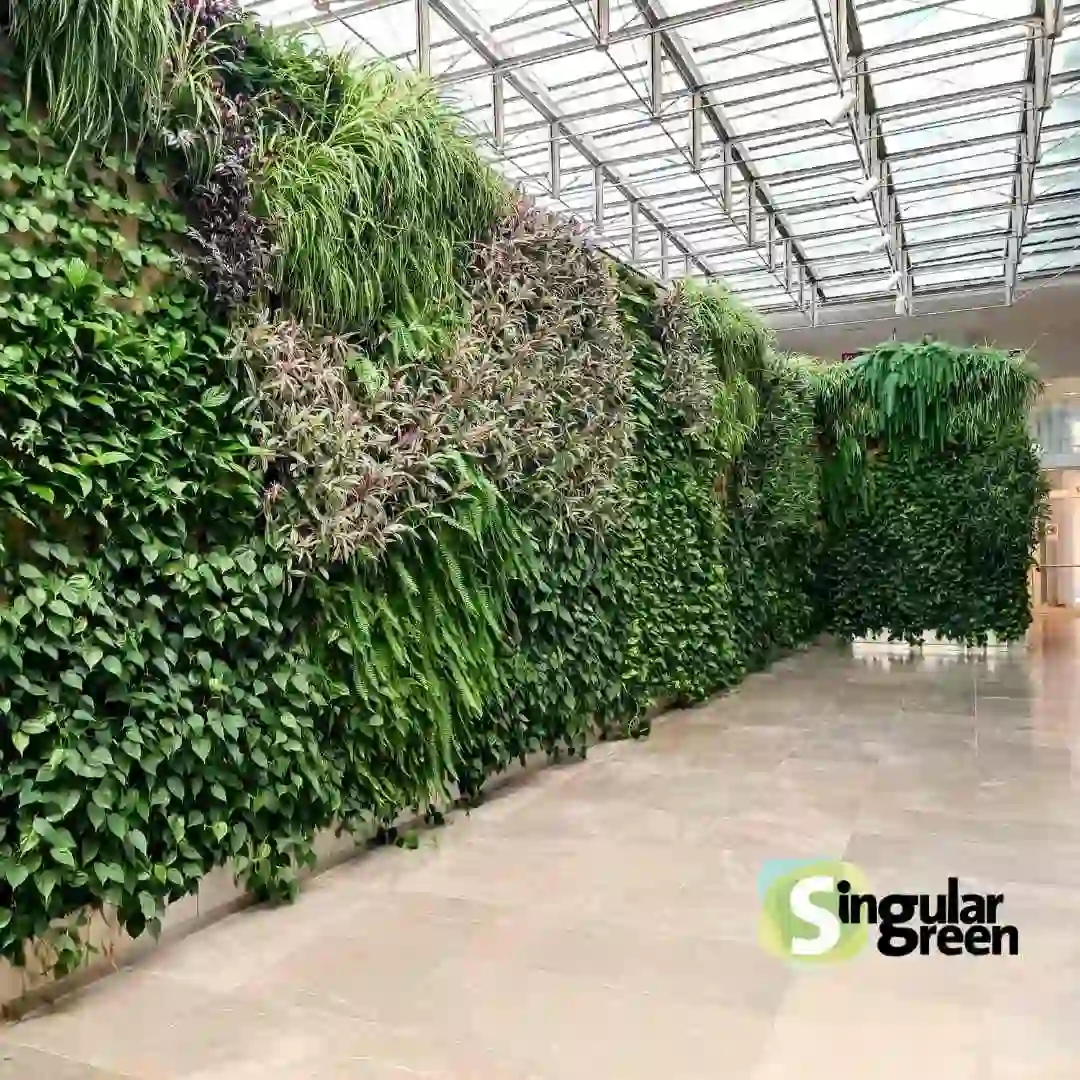What is remote garden control?
Remote control in gardens is a system that allows remote management of watering and maintenance of green areas.

It uses sensors and smart controllers connected to IoT (Internet of Things) networks, allowing water use to be optimised and the specific needs of each plant to be monitored in real time.
This type of automation is particularly useful in both private and public gardens, as it ensures efficient maintenance without the need for constant staff intervention.
Sensors measure factors such as soil moisture and weather conditions, adjusting irrigation as necessary.
Key technologies in remote landscape management
One of the most important elements in remote landscape management are irrigation sensors, which allow precise measurement of when and how much to water. These sensors are connected to smart controllers that can be remotely controlled, offering an automated and efficient solution for landscape irrigation.
Through IoT platforms, the data collected by the sensors is sent in real time to a central or even a mobile device, facilitating remote control.
In my personal experience, remote control technology has been instrumental in avoiding serious problems in the maintenance of vertical gardens.
For example, in one of our projects in a municipality in Spain, the remote control system allowed us to detect in time an electricity problem in the garden, which if it had not been solved, would have caused the death of the plants due to lack of irrigation. This type of system not only helps us to monitor the garden from a distance, but also facilitates rapid intervention when problems arise.
Advantages of irrigation automation in vertical gardens
Remote garden control is especially valuable in complex installations such as vertical gardens, which require constant and precise watering to keep plants healthy. In these cases, any interruption in watering can have serious consequences. Fortunately, automation and remote control allow us to act quickly and avoid irreversible damage.
As I mentioned earlier, we had a recent problem in a vertical garden in a city hall where, after receiving a power failure alert, we realised that the irrigation system was inactive.
On contacting the maintenance companies, we discovered that there was confusion about the operation of the controller.
Eventually, after several days of negotiations and insistence on our part, the problem was solved simply by activating a switch.
If we had not intervened in time, the garden would have dried up completely.
Examples of applied remote control systems
Remote control has proven to be a key tool in several gardening projects.
For example, in Vitoria-Gasteiz, the remote control system for public green areas has enabled significant water savings by automatically adjusting irrigation according to weather conditions.
This type of technology not only improves efficiency, but also facilitates the maintenance of large green areas.

My own experience with remote monitoring in vertical gardens also reinforces its importance. By remotely monitoring these gardens, I can ensure that they are watering properly and detect failures before they become major problems. This remote monitoring capability not only saves time and resources, but also ensures the long-term health of the plants.
The importance of proper maintenance in telecontrol systems
A key aspect of remote garden management is proper maintenance.
Automated systems, while highly efficient, require regular checks to ensure they are working properly.
In my case, we have seen how a lack of maintenance or communication between the companies in charge can lead to serious failures. In the example of the vertical garden at the town hall, the problem was not with the remote control system itself, but with the lack of knowledge on the part of the new gardening company in charge of maintenance.
It is essential that garden management companies understand how these systems work.
A simple miscommunication or incorrect transfer of responsibility can lead to the death of plants. In our case, the lack of power to the controller could have gone unnoticed if it were not for our constant monitoring via the remote control.
Conclusion
Remote garden management has become an essential solution to ensure efficient irrigation and to keep both public and private gardens healthy. Technological advances allow remote monitoring and rapid intervention in case of failure, which is crucial in complex installations such as vertical gardens.
Our experience shows that remote control can minimise problems, but active monitoring and good coordination between the responsible parties is always necessary.
Ultimately, remote control not only optimises the use of resources such as water, but also ensures that gardens, regardless of their location or size, are kept in perfect condition.





